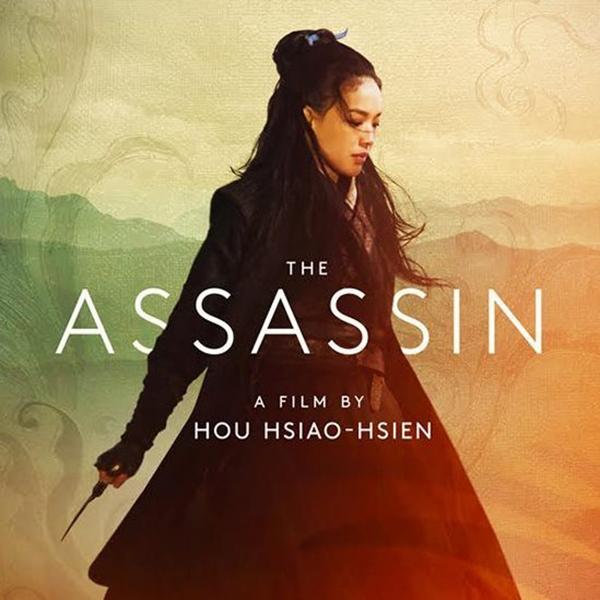Stunning minimalism in ‘The Assassin’

Opening on October 16th, The Movie “The Assassin” displays the struggle between duty and morality in ninth-century China.
October 12, 2015
Nie Yinniang (Shu Qi) opens the film with a brutal assassination, which, in black and white, makes the violent scene appear like an illustration. Though the film eventually transitions to color after the title card, it retains a starkly naturalistic and minimalist feel so far removed from the spectacle of its predecessors.
Much of Western audiences’ prior knowledge of the Chinese Wuxia, or martial arts hero genre, in Chinese film is predicated on Zhang Yimou’s visually breathtaking “House of Flying Daggers” (2004) and earlier war epic “Hero” (2002). Both films aim to impress by their sheer scales of grandeur, which fit into the contemporary notion of a genre flooded with visions of saturated colours, pristine landscapes, fantastical martial arts choreography and painstakingly detailed production design.
Helmed by Taiwanese director Hou Hsiao-Hsien, who picked up the award for Best Director at this year’s Cannes Film Festival, “The Assassin” tells the Tang dynasty tale of Nie, a girl abducted by nun Jiaxin (Sheu Fangyi) as a child and trained to be a lethal assassin who eliminates the politically corrupt.
Nie is sent back to her province of Weibo and is tasked with killing Lord Tian Ji’an (Chang Chen), a renegade governor to whom she was betrothed as a child. Nie is left to confront her past and wrestle with the morality of killing a man trying to keep his crumbling family and political life together.
Hou reinterprets the genre by stripping the exaggerated drama from the simple yet affecting story. Hou’s long-time collaborator and director of photography Mark Lee Ping Bin keeps everything in a relatively wide shot, immediately inserting the objectivity of distance between the audience and the characters on screen.
Camera movement is similarly minimal and pragmatic, only used to facilitate the improvisations of the actors, who, when set against vast landscapes, resemble the ancient figures of fastidiously composed classical Chinese paintings.
At the New York Film Festival’s press Q&A, Hou emphasized his dislike for acting rehearsals, claiming that they prevent the actors from delivering an organic performance. Hou references the tense scene where Lord Tian tries to kill Lady Tian (Zhou Yun), and Zhou spontaneously draws out the scene by commanding the attending servants to clean up the mess, hiding any anxiety by re-establishing her strength and resolve in front of her children and staff.
While nowhere near as extravagant as other Wuxia films, “The Assassin” possesses rich historical details through its costuming and impressive production design. Hou describes in detail how Tang dynasty architecture is surprisingly best preserved in Japan, where parts of the film were shot, and how the study of vast historical archives about the Tang dynasty greatly informed the film’s research and designs.
Simple, deliberate, and intensely poetic, “The Assassin” is a true stylistic reflection of its unassuming but brilliant auteur.
“The Assassin” opens in select theaters on Oct. 16.
A version of this article appeared in the Oct. 13 print issue. Email Min-Wei Lee at [email protected].


























































































































































